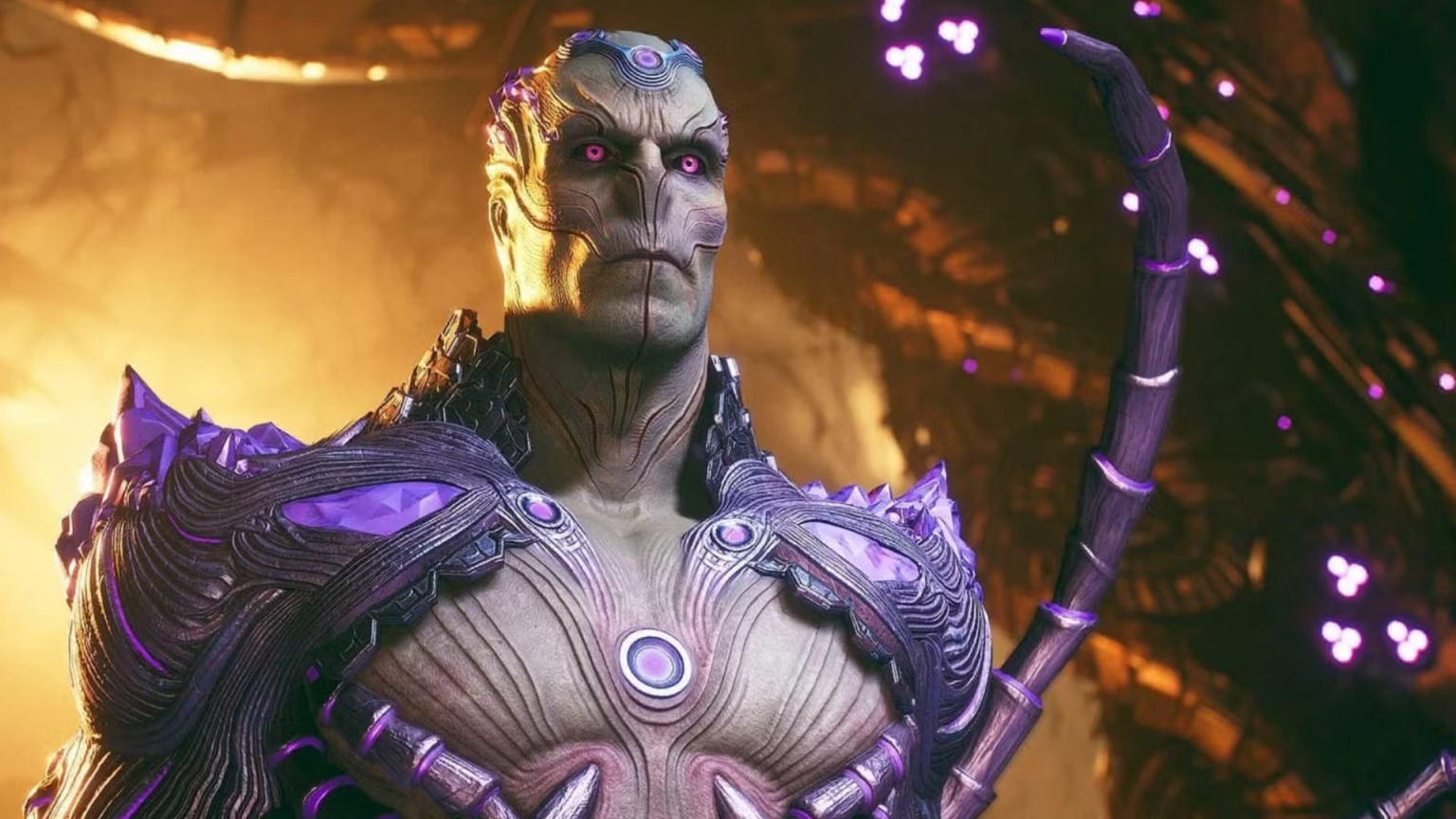Rocksteady Studios, renowned for their critically acclaimed Batman: Arkham series, ventured into the live-service gaming model with Suicide Squad: Kill the Justice League, a departure from their established single-player formula. Anticipation was high for this title, which promised players the opportunity to control the infamous Suicide Squad as they hunted down the Justice League. However, upon release, the game was met with widespread criticism, largely due to its always-online requirement, repetitive gameplay, and a narrative that felt incomplete. The initial narrative arc culminated in the apparent demise of several Justice League members, a controversial plot point that further fueled fan discontent. The game’s live-service nature meant the story would continue unfolding through seasonal updates, leaving players hanging for a conclusive ending.
Nearly a year after launch, Rocksteady finally unveiled the concluding chapter of Suicide Squad: Kill the Justice League’s story, intending to resolve the lingering plot threads and offer closure to the controversial narrative. However, the highly anticipated ending only served to amplify the existing backlash, further alienating an already disillusioned player base. The revelation that the slain Justice League members were merely clones, a plot twist intended to resurrect the fallen heroes without altering established DC canon, was met with disappointment. Players had hoped for a more compelling resolution, perhaps involving the DC multiverse, but the clone reveal felt like a narrative shortcut that undermined the gravity of the earlier story developments.
The final cutscene, presented in a comic book style rather than a fully animated cinematic, reveals that Batman orchestrated the cloning scheme to divert Brainiac’s attention from the real Justice League. This revelation implies Batman, often portrayed as a meticulous planner, anticipated his own potential corruption by Brainiac and put measures in place to protect his fellow heroes. While this adds a layer of strategic depth to Batman’s character, it also raises questions about the feasibility and ethics of his actions. The implication that Batman knowingly sent clones of his friends to be killed, even for a greater good, sits uneasily with his established moral code.
The real Superman and Batman confront Brainiac in his lair, defeating the villain and liberating his captives from mind control. This resolution, while expected, feels somewhat anticlimactic given the buildup and the sacrifice of the cloned Justice League members. The only genuine casualty of the entire conflict is Wonder Woman, who, not being cloned, sacrifices herself battling the Superman clone. The decision to kill off Wonder Woman, a prominent and beloved character, while simultaneously resurrecting other Justice League members through the clone plot device, further highlighted the perceived narrative inconsistencies that plagued the game.
The comic book style of the final cutscene sparked speculation about potential resource constraints at Rocksteady, perhaps due to reported layoffs within the studio. This presentation choice further fueled the negative reception, as players felt the crucial concluding moments of the game deserved a more impactful and polished delivery than a static comic book sequence. The anticlimactic ending, combined with the game’s existing issues, led to a significant price drop and inclusion in subscription services like PlayStation Plus, a clear indication of the game’s underperformance in the market.
The overall reception of Suicide Squad: Kill the Justice League underscores the challenges of transitioning established single-player franchises into the live-service model. The game’s initial release felt incomplete, the narrative choices proved controversial, and the final resolution failed to satisfy player expectations. The controversy surrounding the game served as a cautionary tale for developers considering the live-service approach and highlighted the importance of a cohesive and satisfying narrative, regardless of the chosen delivery model. Rocksteady’s gamble with the live-service format, intended to extend the game’s lifespan and engagement, ultimately backfired, damaging the studio’s reputation and leaving players disappointed with a franchise that once held immense promise.




